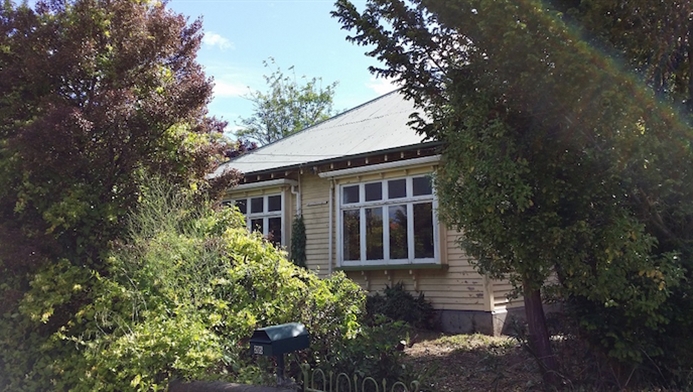Managing interest rates on your property
By Brent Smith
Over the years, I have seen many people sit on floating rates on their home or investment property through the many 0.25% rises from the Reserve Bank, only to panic when rates got up to 8-8.95% and then fix for 5 years at the bank’s recommendations.
This invariably turns to tears when quite quickly rates subsequently fall and the borrower is left suspended at a much higher percentage than the new low floating rate – and ‘locked-in’ for 4 years or more.
Many are faced with one of two choices:
- Staying at the fixed rate paying a much higher rate of interest than the rest of the market, or
- Paying a horrendous penalty to return to floating rates
Both options amount to the same result – a lot of wasted money. The second choice actually gets the bank the interest upfront and exposes the borrower to the risk of a further rise in interest in the same 3 or 4 year period.
So, my attitude has always been to think it through for yourself and view any fixed rate as a genuine hedge against imminent rate rises, while still maintaining at least half the lending at floating or even lower short-term fixed rates.
My first ever housing loan was provided by the BNZ at the glorious staff rate of 2.5% – in the days before Fringe Benefit Tax killed those perks stone dead. Then in the three month period between 2nd Nov 1987 to 2nd Feb 1988 I enjoyed having a 7 figure sum at the heady interest rate of 24.6%!! A little scary for anyone trying their hand at property investment. So to this little consumer, any interest rate under 7% seems luxurious.
To that end, I have recently chosen to lock in about 40% of my debt at 4 and 5 year terms with rates between 5.99% and 6.22%.
A further 40% I have left floating and 20% I have put on 12 or 18 months at 4.99%, or a similar promotional rate offered by the banks to attract ‘new’ customers.
The rationale here is that I have created a mix of rates and terms that work as protection against inadvertently paying too much interest no matter which way the market goes.
My assessment is that by March 2014 (at the latest) the Reserve Bank will start a number of 0.25% cash rate increases. The big wild card in this is the ongoing drama about the economic and debt management in the USA and Europe, which could see the US Dollar continue to weaken putting upward pressure on the NZ Dollar. This would create a large disincentive for the Reserve Bank to further encourage the inflow of overseas funds by way of interest rate hikes, thereby driving the NZ Dollar even higher.
In short, I see much less chance of a substantial fall in interest rates than a gradual increase over the next 12 months to 3 years.
If re-structuring your loans is something you’ve thought about, contact Iron Bridge today. We will introduce you to the right people that can help you put in place an interest rate strategy that works for you.



